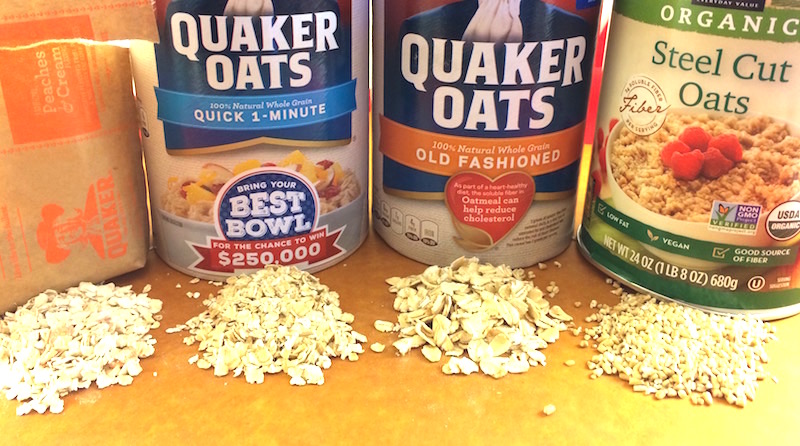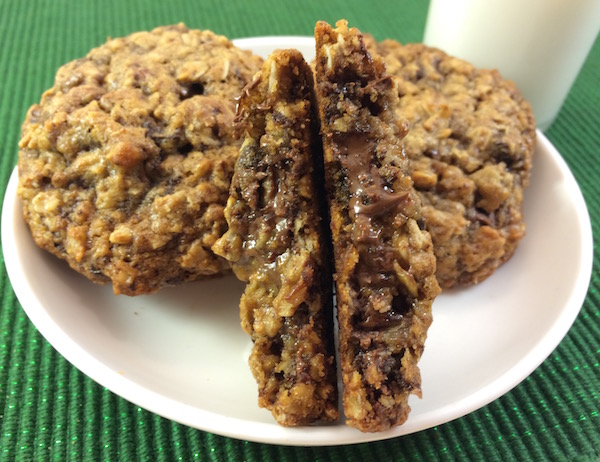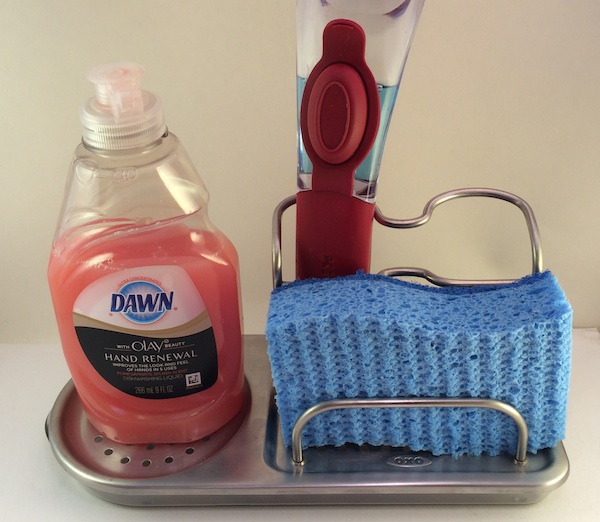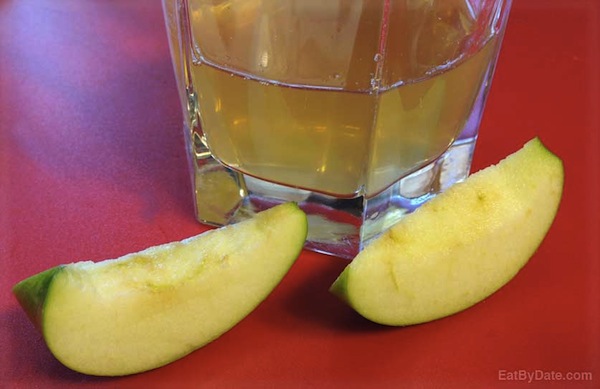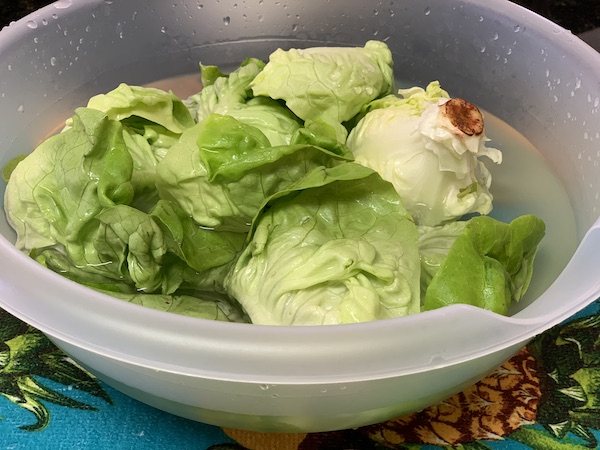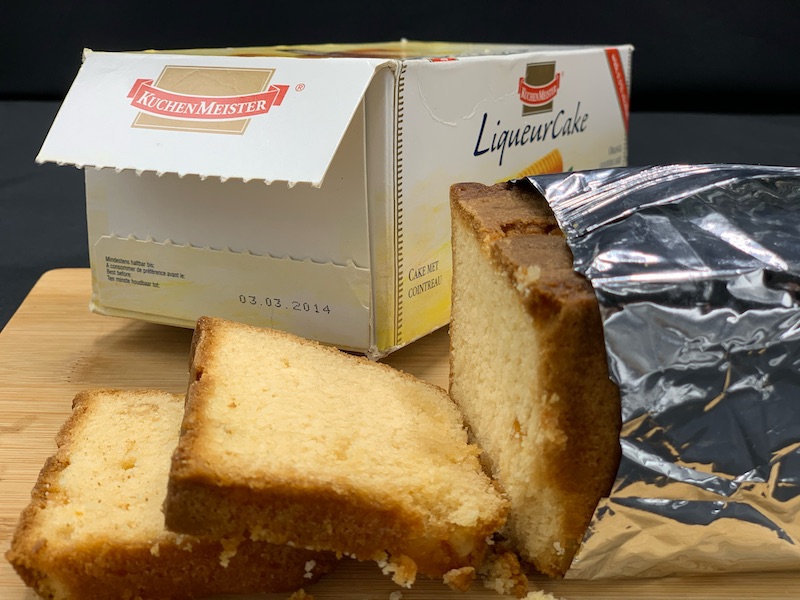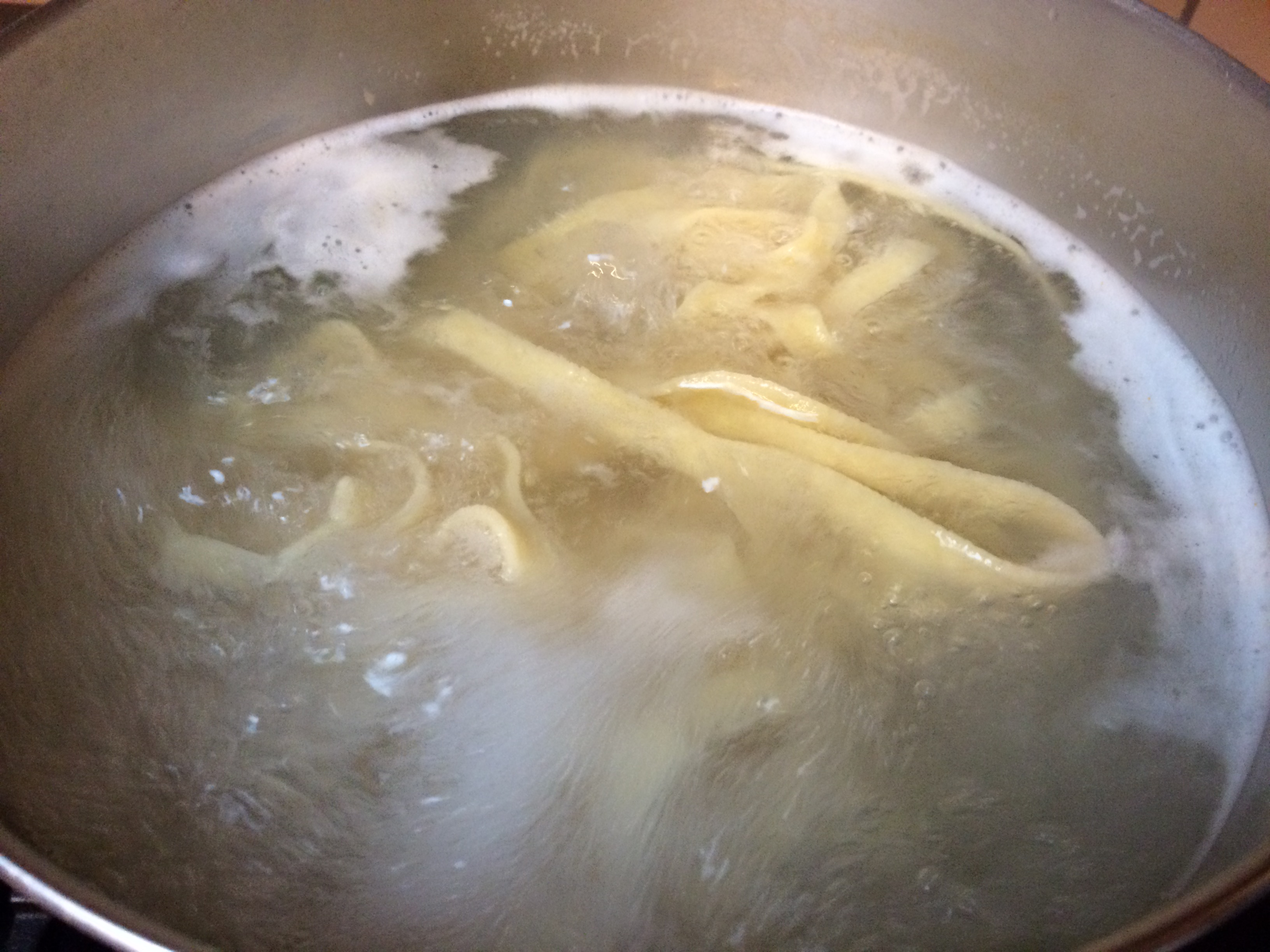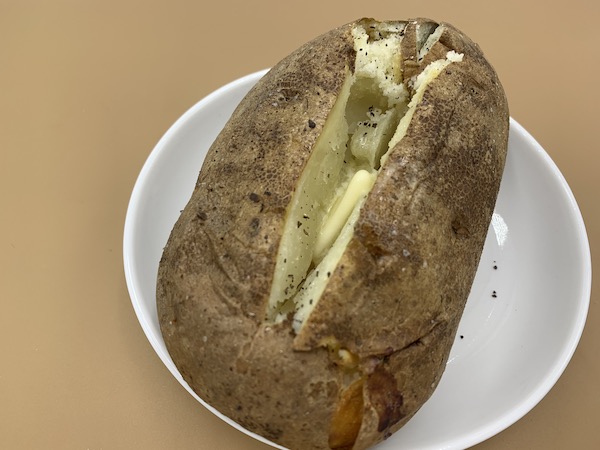- 14shares
- 11
What is Ultra-Filtered Milk?
Questions:
What is ultra-filtered milk?
What is ultra-pasteurized milk?
Do ultra-filtered milk and ultra-pasteurized milk
have longer shelf lives than regular milk?
Answers:
We will explain how
ultra-filtered milk and ultra-pasteurized milks are
made and describe what makes each of them both
unique and similar. As far as the questions
“does ultra-filtered milk have a longer shelf
life?” and “does ultra-pasteurized milk have
a longer shelf life?”, the answer to both is
“Yes and No“.
Don’t worry, we’ll explain that below
too.

What is Ultra-Filtered Milk?
What is Ultra-Filtered Milk?
Fairlife, one brand of ultra-filtered milk, has 50%
more protein, 30% more calcium, 50% less sugar and
zero lactose when compared to regular milk.[1]
Since regular milk already provides plenty of
calcium and protein, it’s basically a less is
more concept. The real difference between the two
products is that lactose is filtered out and
eliminated. For those who are lactose intolerant
(meaning they have trouble digesting the lactose in
milk), this is the real consumer benefit of the
product.

Milk consists of water, milk fat and protein rich solids. New technology separates these parts and reduces the water content, making the proteins even more concentrated in the final product. The lactose is also filtered out in this process, actually removing it from the milk. Thus, ultra-filtered milk tastes more like regular milk than ultra-pasteurized lactose free milk. Whereas most lactose free milks contain an enzyme that converts the lactose into simple sugar, which helps people who are lactose intolerant to digest the milk, ultra-filtering actually removes the lactose. The taste of this ultra-filtered milk is often described as creamier than milk, from those who can actually taste any difference at all.
What is Ultra-Pasteurized Milk?

While pasteurized milk must be heated to at least 161°F for at least 15 seconds, ultra-pasteurized milk must be heated to at least 280°F for at least 2 seconds.[2] Both pasteurizing and ultra-pasteurizing methods will kill most bacteria and those that do survive are not considered harmful, but over time can nonetheless spoil the milk. The intense heat that is used for ultra-pasteurization, even though it is for a shorter period of time, is far more lethal to bacteria than the lower heat. Also, packing conditions for ultra-pasteurized milk are nearly sterile, with the exception of the actual seal. The taste is often described as cooked, or less desirable than milk.
How Long Does Ultra-Filtered Milk Last?
Does ultra-filtered milk have a longer shelf life
than regular milk? Does ultra-pasteurized milk
have a longer shelf life than milk?
As stated above, yes and no – yes, before
opening and no, after opening.
Yes – if left unopened and kept
refrigerated.
This can be an advantage when stocking up
for the winter, as long as only one container is
opened at a time.
No – once the seal is broken and the
package is opened.
After opening these milks all things shelf life
again equalize between pasteurized,
ultra-pasteurized and ultra-filtered milk
products.
The filters sift out spoilage bacteria in ultra-filtered milk and the extra heat kills this bacteria in ultra-pasteurized milk, therefore these original unopened containers begin in pretty good shape compared to regular milk. Because of this, ultra-filtered milk can last up to 45 days after processing and ultra-pasteurized milk can last up to 6 months… as long as they remain unopened. These extended times are only prior to the containers being opened. Once open, the milks can become contaminated with spoilage bacteria just like any other milk and therefore will then all have the same shelf lives as each other and regular milk.
Note: Ultra-filtered milk is generally more expensive than regular milk, but also generally cheaper than other lactose-free options for milk.


